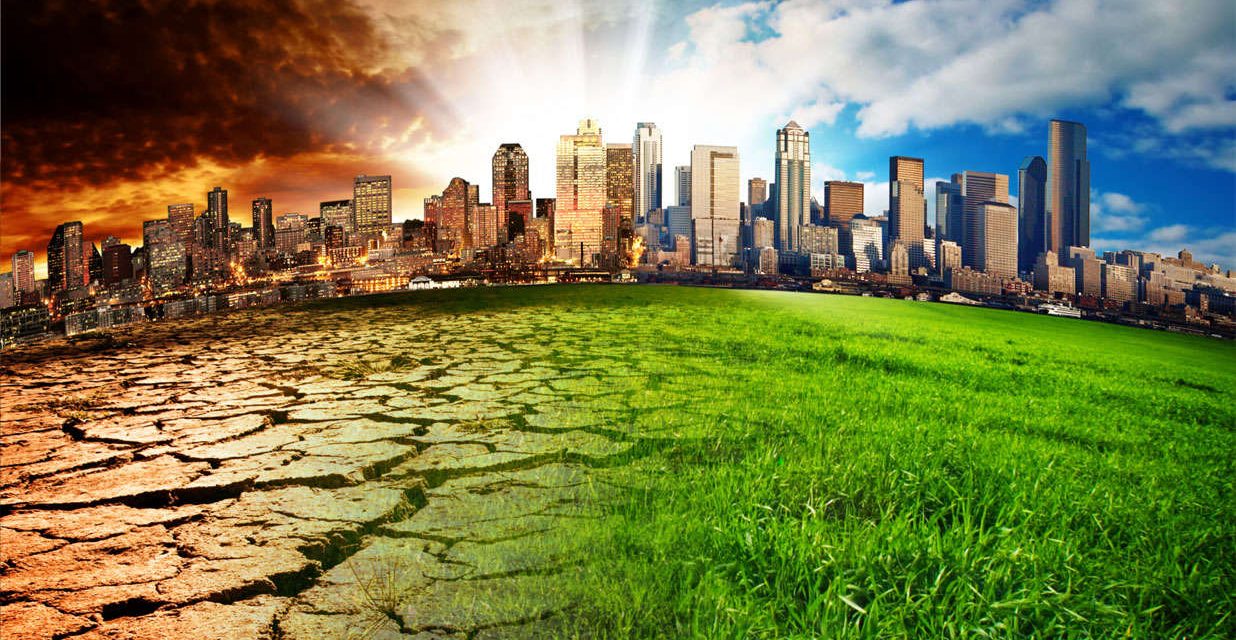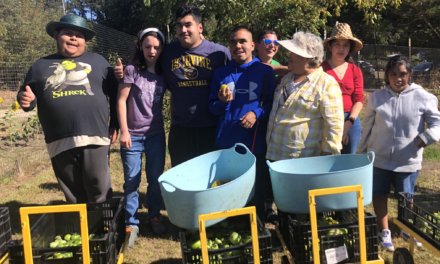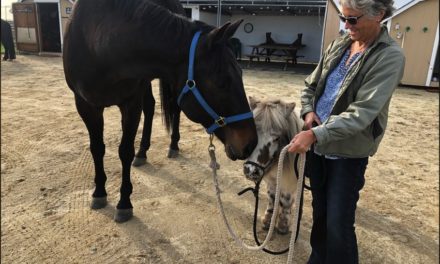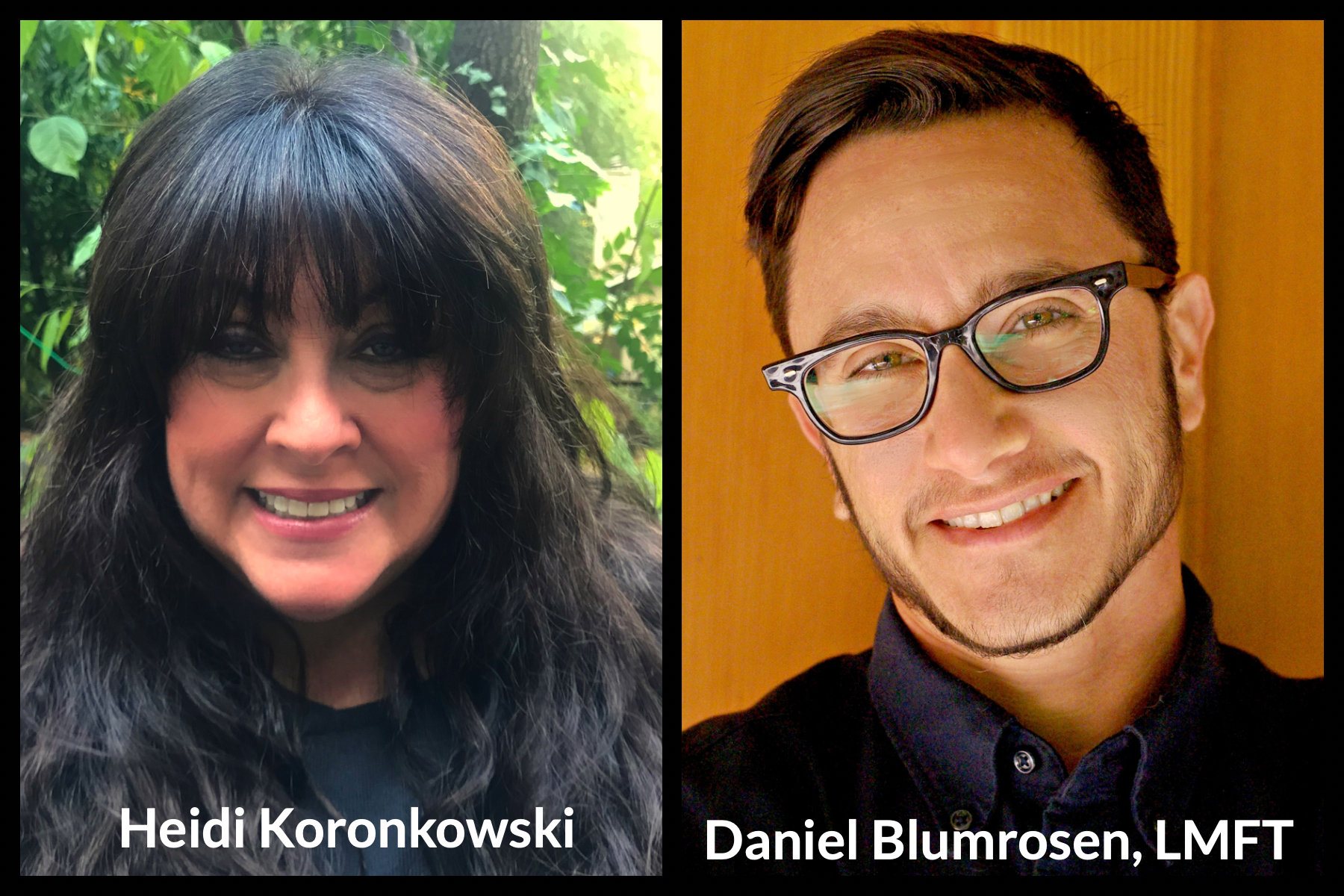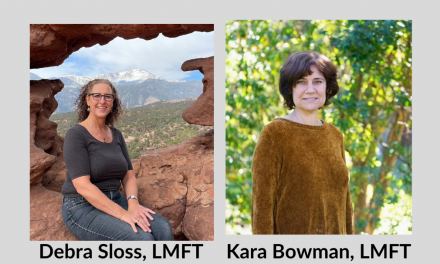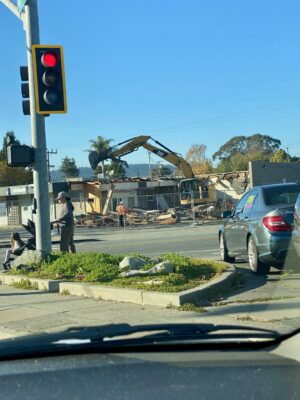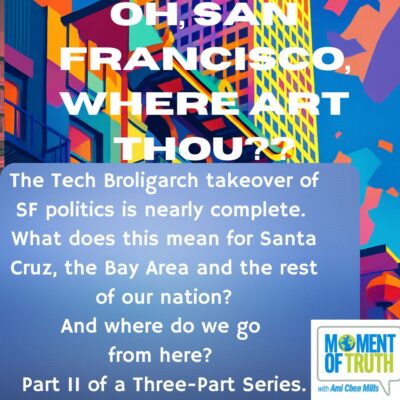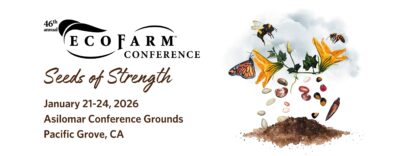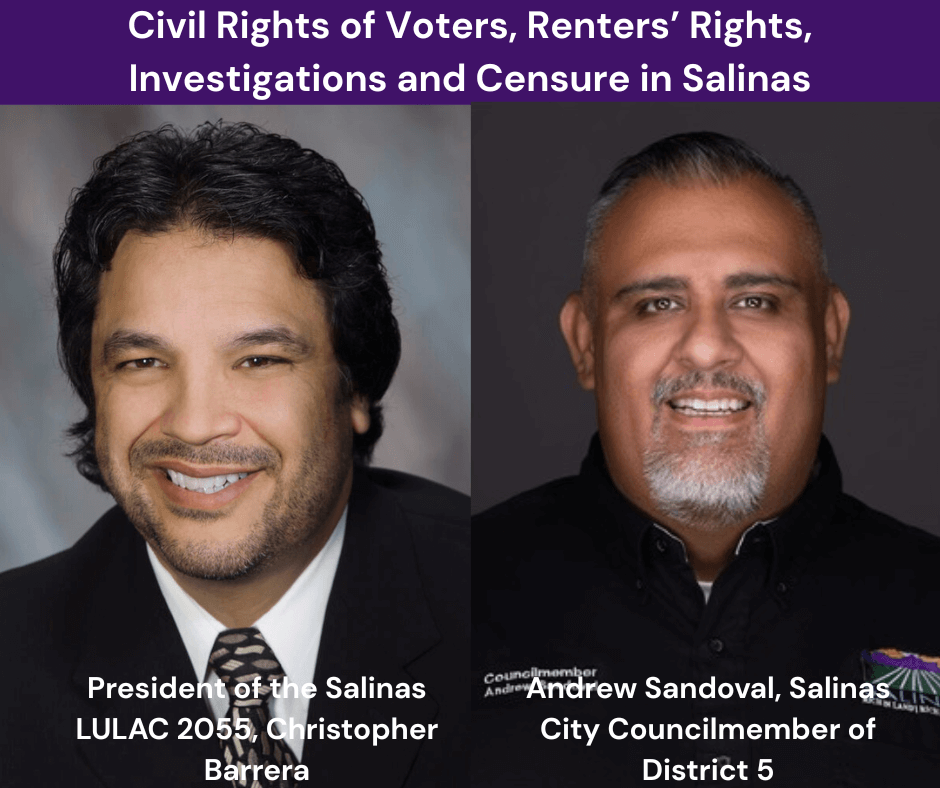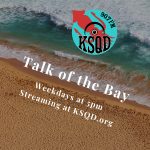
KSQD is pleased to feature the reporting of students from UCSC’s Science Communications program. Here is a report by Nikk Ogasa.
Lead in: Climate change, climate change, climate change…
Host : Climate change is a global threat, and human beings are at fault. Surveys of the scientific literature repeatedly reveal that around 97% of climate scientists endorse the claim that humans are causing climate change.
But according to the Yale Program for Climate Change Communication, as of 2020, only around 57% of American adults believe “climate change is mostly caused by human activities.”
That’s 97% of climate scientists but only 57% of American adults. That 40% difference spotlights a very urgent issue in our society: we’re struggling to communicate about climate change.
And it’s not just scientists. Politics and the magnitude of the threat has imbued conversations about climate change with controversy and dread. So, how do we have productive conversations about climate change?
Nikk Ogasa has the story:
Richard: If all the trusted sources in your life tell you the same thing, you go along.
Nikk : That’s Richard Alley, a glaciologist at Penn State. Richard is a prolific climate scientist and science communicator. I reached out to see what he thinks we can do to better communicate about climate change.
Richard: Part of it is diversifying the pool of communicators.
Nikk : Richard authored a book called Earth the Operator’s Manual, which became a PBS television series that tried to inform the public about climate change.
Richard: Our approach–I discuss the science, and then when we got to is it a problem, we switched to a rear admiral in his dress whites who said it was a problem. And then when we got to solutions, we had marines saving their lives in afghanistan by using renewable energy so they didnt have to take fuel convoys across a county where people might try to blow them up. We had Texas ranchers, we had the mayor of houston…
Nikk : Because this work was funded by the NSF, Richard and his colleagues had to assess whether their messaging was effective in different demographics. So I asked him, was it effective?
Richard: So when this is shown to the focus group in Texas, they said that…maybe there’s something to this. And that’s really what came out of it.
Nikk : But when it comes to talking about climate change, its not just who is speaking, but how they say it, that matters.
Jon: Climate change, both fictionally and documentarily is sort of posed as this existential threat, this, This thing that no individual can stand up against.
Nikk: E1That’s Jon Ozaksut, digital director at the Yale Program for Climate Change Communication, or the YPCCC. Jon and his collegues are experts on speaking about climate change to the public.
Jon: You have to do the work, basically, to bring it back down to something that we have the power to do.
Nikk: In a 2019 study published in Frontiers in Communication, researchers from Yale and other universities conducted two national surveys to gauge the public’s hope regarding climate change. Their findings indicated that people with hope–those who believed that we were making progress and developing solutions–were more likely to support climate-friendly policy and activism. The study suggested that communicators could combine realistic descriptions of climate-induced threats with a focus on progress and solutions to call people to action.
Jon: Fundamentally you don’t need to be a scientist to understand the 5 facts that everyone needs to understand about climate change. Which is just that climate change is real, number 2 that climate change is manmade, it’s us. Number 3 climate change is bad. Fact number 4 there is strong, strong scientific consensus about this. But fact number 5 is that we have the power to do something about it. Losing that perspective can make it very easy to decide well this is something that i cand to something about, im being let down so im going to disengage.
Nikk: So we need to focus on solutions when we talk about climate change to keep people from giving up. But we can also pull people into the conversation by relating issues to their daily lives.
Jon: “…to give one example. In Texas, I don’t know if you’ve ever been in Texas but the sate flower is the blue bonnet. And we had a radio story about how climate change meant that blue bonnets were booming earlier and earlier in the year, meaning they were susceptible to deep freezes. And that story did incredibly well with conservatives in Texas, which was wild to me at a glance. But so much of Texas is highways, and blue bonnets line every highway in the state, and it is one of your key visual cues when you’re driving around. Hey, I’m in Texas. Right, and so it is actually like a point of pride for folks who are living there.
Nikk: | So up until now, we’ve talked about how scientists and science communicators can use trusted sources and relatable issues to talk about climate change with dismissive or doubtful groups. But climate change affects all of us, meaning we all need to have a voice in the conversation.
Nikk : The YPCCC breaks the American population down into six groups, ranging from those who are alarmed about climate change to those who are dismissive about it. And somewhere in the middle is the group Jon calls the disengaged. According to Jon, these disengaged individuals are the low hanging fruit to target when talking about climate change.
Jon: What we found is that the people who shiftp the most when you sort of communicate the scientific consensus to them, are people who are disengaged. Ask yourself which of my friends are disengaged about climate change just like don’t think about it at all. You probably come up with the answer of I don’t know, because I’ve never talked to them about it. And so, you know there is a little bit of figuring this out and finding the space to speak to it, but there may be folks in your life who just have never really sat with climate change as a concept, and don’t really think about what it means for them.
Nikk : So to recap, when talking about climate change its important that we diversify the voices in the conversation, and focus on solutions and relatable issues. And its not just the people who are doubtful about our impact on the climate that we need to talk to–we also need to engage the people who aren’t really thinking about it. With all of that in mind, I’ll leave you now with one final message from Jon.
Jon: The most fruitful conversations about climate change are had person to person. They’re not handed down the mountain from yale on the ivory mountain to your uncle. It’s you who has to have that conversation.

